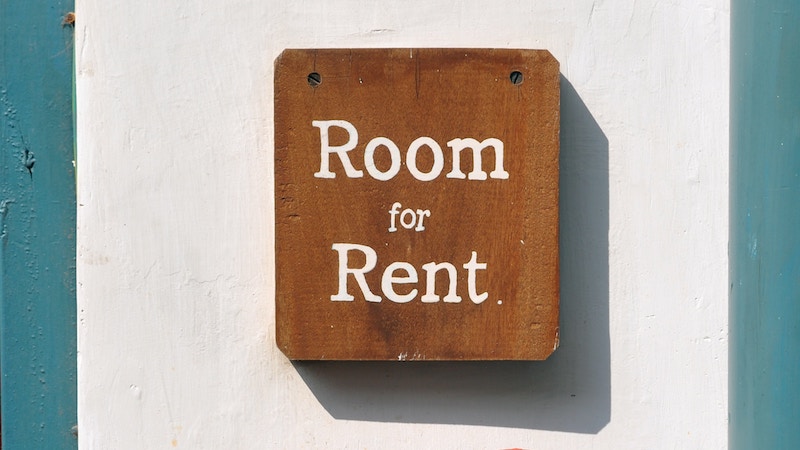Your Assets, F.I.R.E. Number, and Age
Episode #6 of the course How to retire early by Maureen McGuinness
Today, we can use the information about your expenses and income from the last two lessons to look at the next part of your situation: your assets.
An asset is anything you own that has monetary value, including (but not limited to): your property (even if you still have a mortgage), cash in checking, current and/or savings accounts, and investments, such as shares, bonds, managed funds, index funds, rental properties, and your car (plus any possessions of value, e.g., laptops, televisions, smartphones, etc.). A simple way of defining an asset is anything that you can exchange for money.
Income-Generating Assets
For the purpose of F.I.R.E., we’re going to focus on the assets that can generate an income, because your F.I.R.E. fund needs to create income in order for you to be able to stop working for a paycheck. Your property can play a big role in enabling you at some point to stop paying for somewhere to live, but it doesn’t create income unless you rent out spare bedrooms or put it on Airbnb when you are away. For your F.I.R.E. fund, the assets that will create the income to eventually replace your income from paid work (i.e., passive income) will most likely be from a rental property (especially if there is no mortgage), dividends from investments (including shares and funds), and the sale of a certain proportion of your investment portfolio.
Using the expenses that you calculated in Lesson 4, you know what you need to earn from your F.I.R.E. fund each month or year to support your lifestyle. For a rental property, this is simple: Your rental income minus any deductions (for taxes, maintenance, fees, etc.) will equal your monthly expenses.
But how much does your F.I.R.E. fund need to be worth if you don’t have any rental properties?
Retire Early with an Index Fund Portfolio
As you may recall from the last lesson, a rule of thumb is that you withdraw 4% of your F.I.R.E. funds every year to ensure that you are only taking from the investment returns and accounting for inflation. There are two assumptions we use to calculate the safe withdrawal rate: 7% annual return on your investment minus 3% for the rate of inflation. This means that whether your F.I.R.E. fund is a rental property or portfolio of investments in the stock market (i.e., index funds), you can take an income of 4% of the value every year to live off of without the main value going down, i.e., the money should never run out.
Your F.I.R.E. number, as explained in an earlier lesson, is your monthly expenses multiplied by 300. This figure relies on the safe withdrawal rate of 4%. So, if you need $3,000 each month, you’d need to hold an index fund portfolio worth $900,000.
Next, we need to calculate what age you should reach your F.I.R.E. fund target. This depends on your current and long-term savings rates. You can use a tool on Networthify to input your assets and current savings rate, and it will calculate the number of years it will take you to earn enough in assets to be financially independent. Play around with the numbers, and you’ll see the difference between saving 20% vs 50% of your income over time. By calculating how many years away you are from reaching your F.I.R.E. amount, you can work out your target early retirement age.
| Savings rate | Years away from F.I.R.E. |
| 5% | 66 |
| 10% | 51 |
| 15% | 43 |
| 20% | 37 |
| 25% | 32 |
| 30% | 28 |
| 35% | 25 |
| 40% | 22 |
| 45% | 19 |
| 50% | 17 |
| 55% | 14.5 |
| 60% | 12 |
| 65% | 10.5 |
| 70% | 8.5 |
| 75% | 7 |
| 80% | 5.5 |
| 85% | 4 |
| 90% | Under 3 years |
| 95% | Under 2 years |
Tomorrow, we’ll move away from numbers and focus on more of the abstract aspects of your F.I.R.E. journey.
Recommended book
The Behavior Gap: Simple Ways to Stop Doing Dumb Things with Money by Carl Richards
Share with friends

